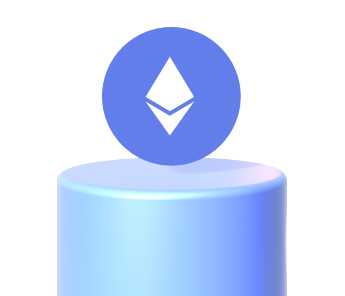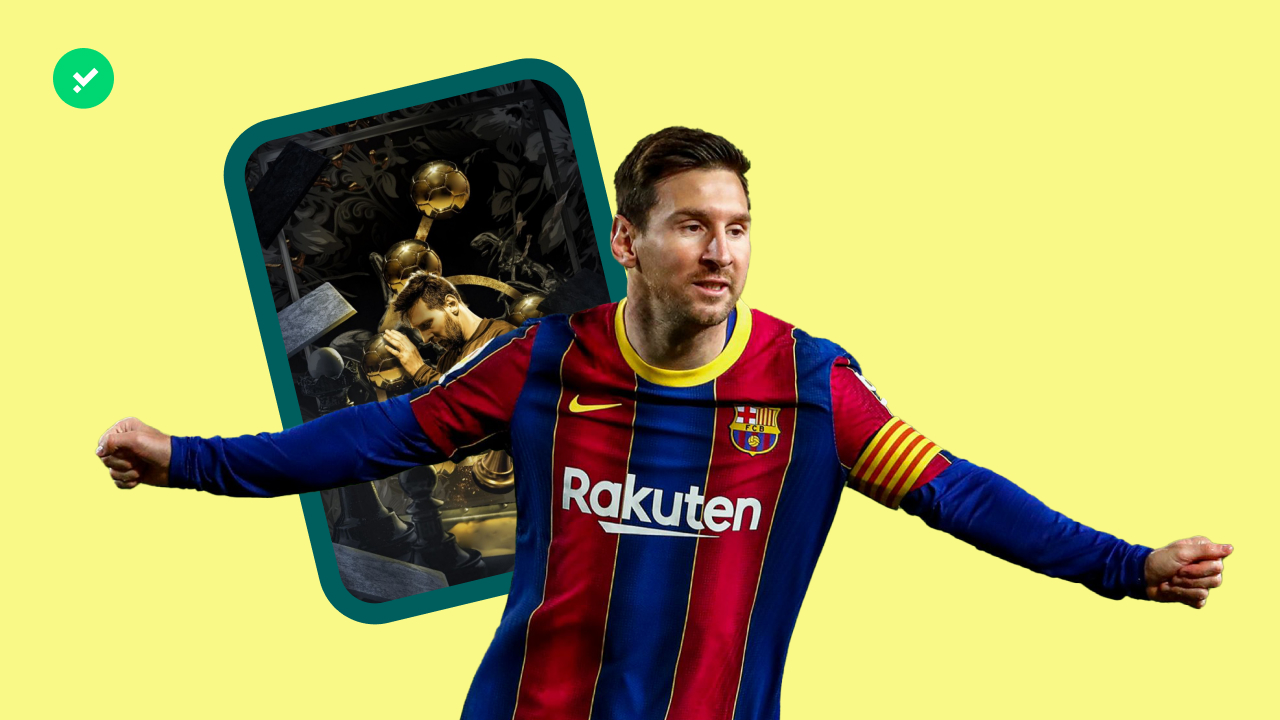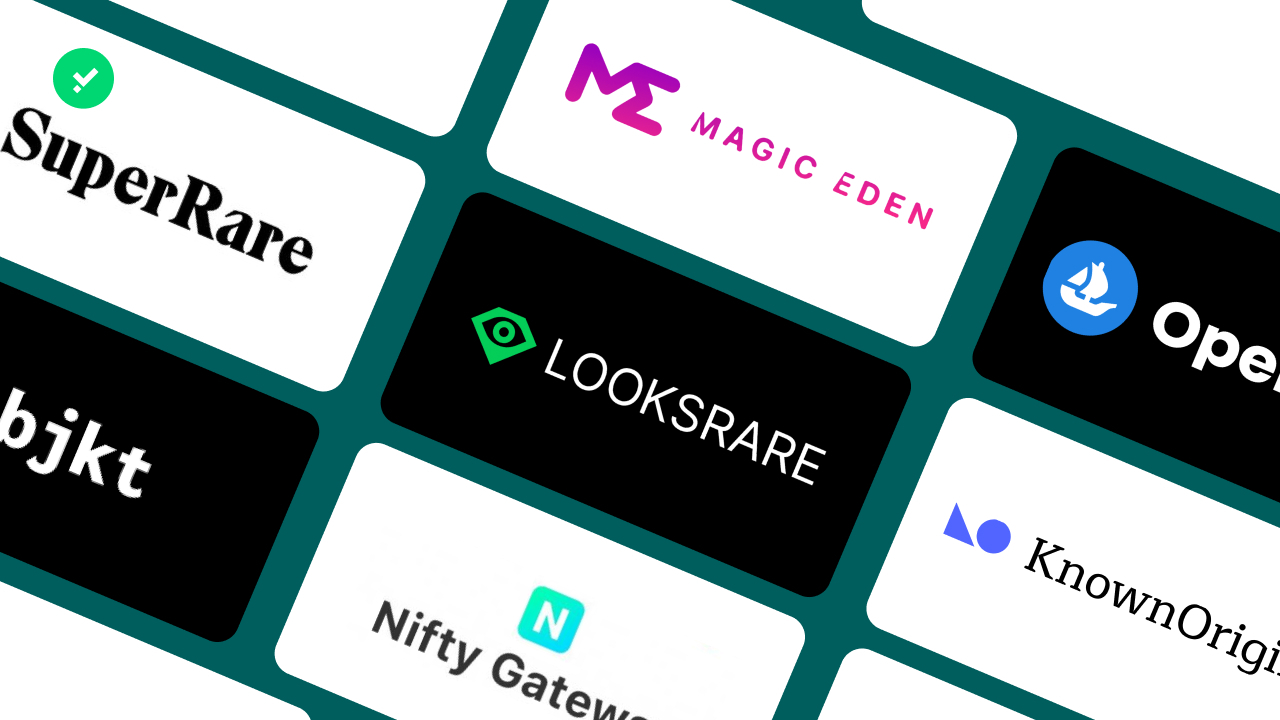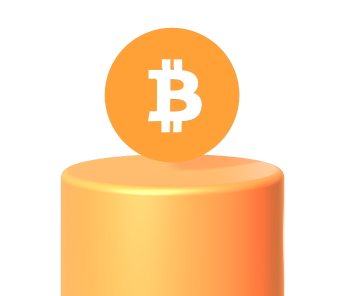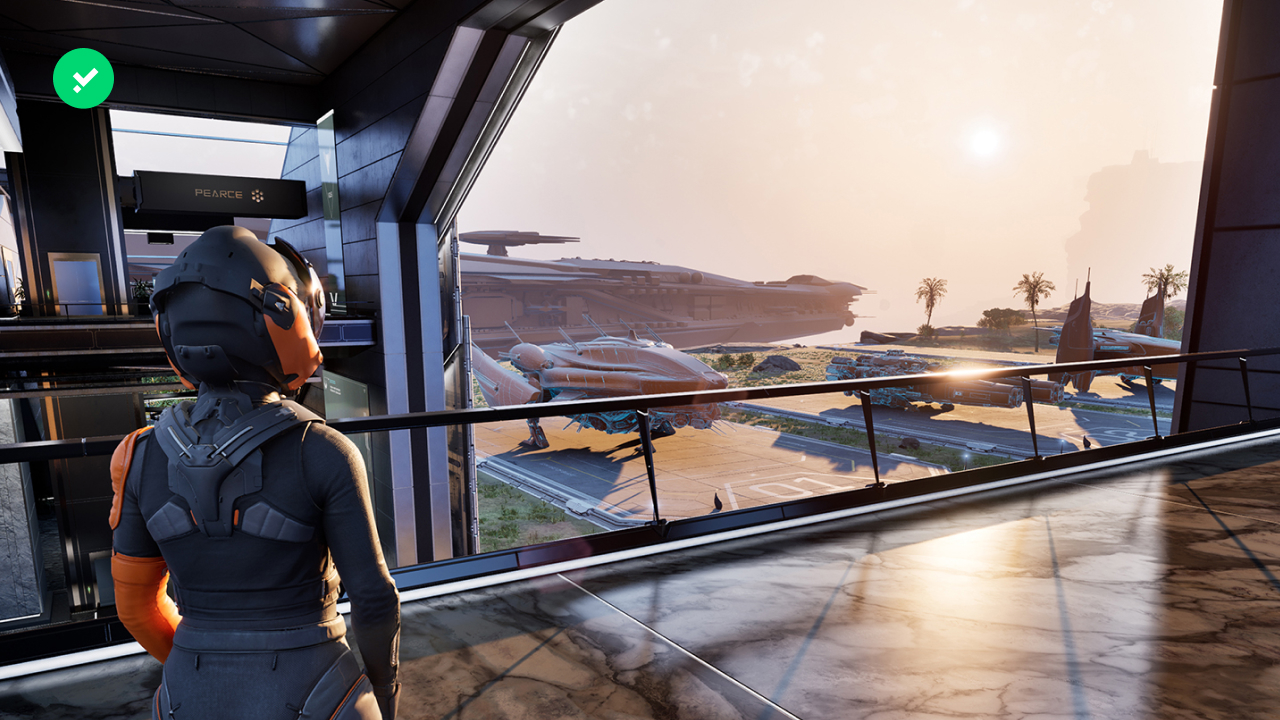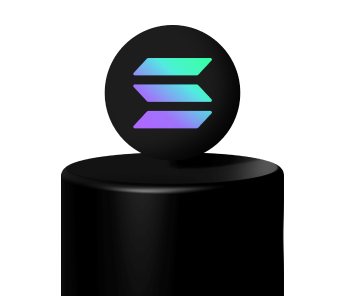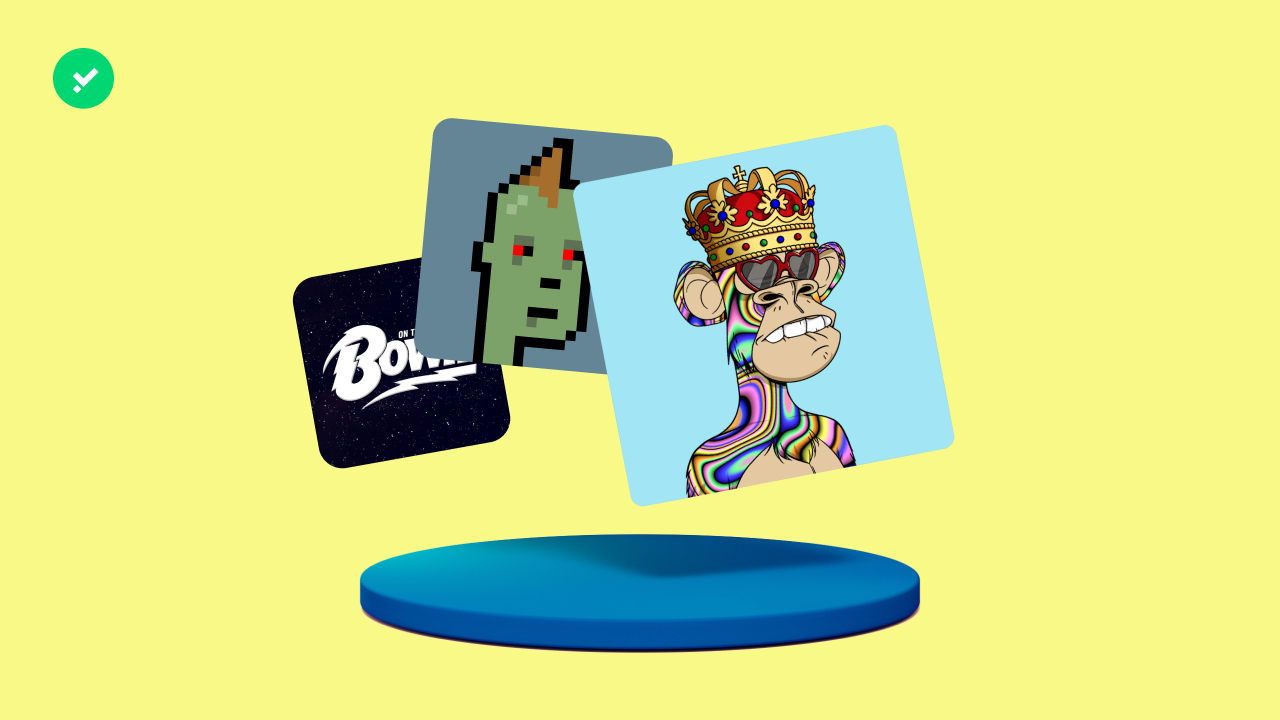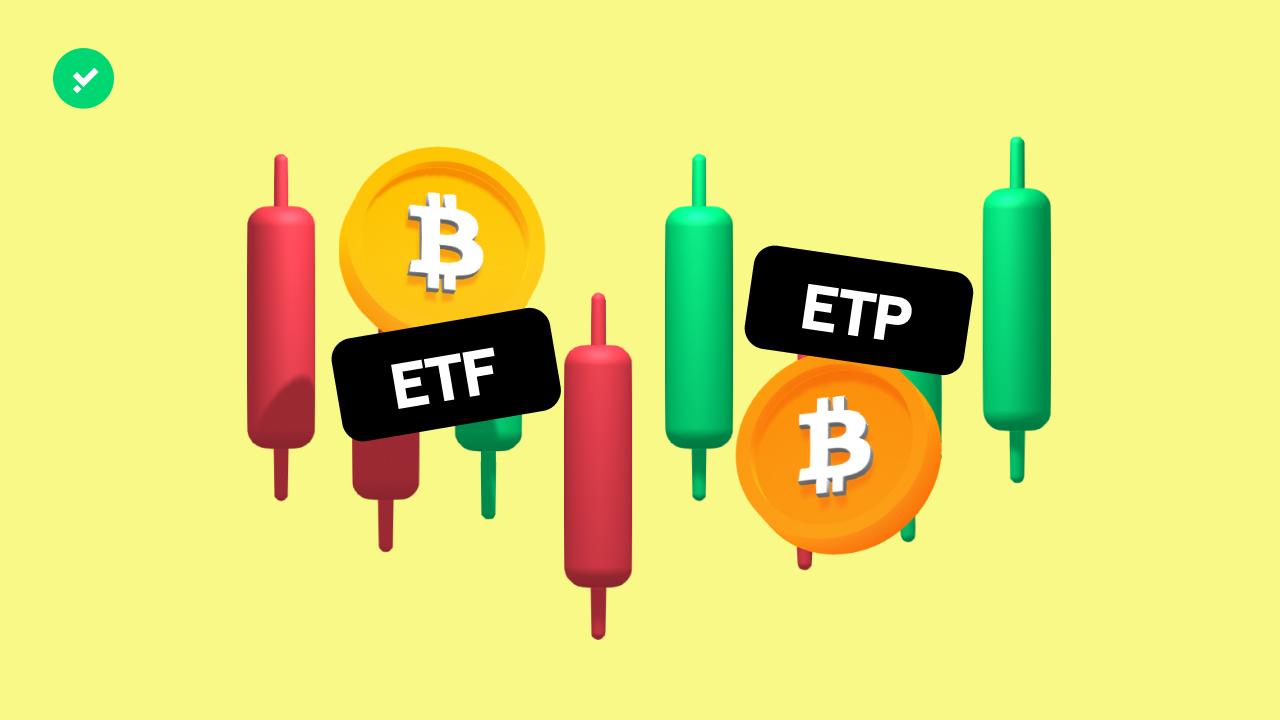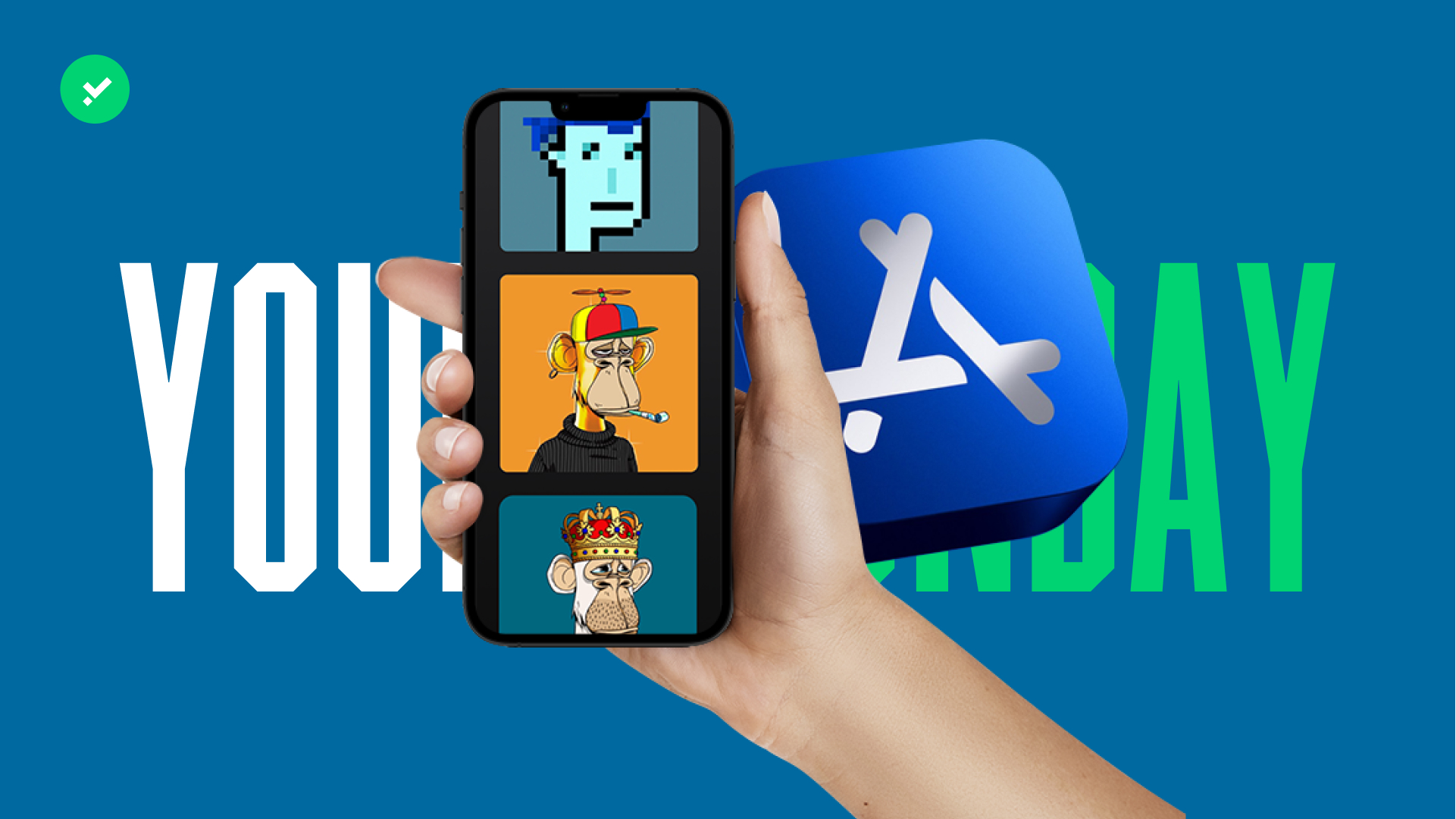On the Ethernity Chain, Web3 is reaching for the stars. Discover the 5 most interesting NFT collections, all purchasable with the crypto ERN!
Ethernity Chain is an NFT marketplace built on Ethereum. It has been talked about quite a lot, mainly due to its NFT collections in collaboration with internationally renowned artists and sportsmen. Among the most famous personalities to whom NFT artworks have been dedicated are Lionel Messi, Bruce Lee and James Dean. The non-fungible tokens that can be purchased on Ethernity Chain come in many different types, from playing cards to digital collectibles to items that can be worn by your avatar in popular metaverses. The NFTs on Ethernity Chain are grouped into thematic categories, which can be easily found through hashtags. There are 22 categories in total, ranging from music and football to art, technology, journalism and martial arts.
On the Ethernity Chain, NFT collections built on different blockchains coexist. In fact, NFTs on the marketplace can be purchased through three cryptocurrencies: ETH, MATIC and with ERN, the platform’s native crypto. The project is gaining fame: thanks to the prestige of the iconic characters, it gives a new impulse to Web3. Let’s see the 5 most interesting NFTs on Ethernity Chain!
1. The Messiverse, the NFT collection for Lionel Messi
The most famous character you can ‘meet’ while navigating the Etherenity Chain ecosystem is surely the Argentinian footballer Lionel Messi. Messi’s original NFTs were released in August 2021 on the occasion of the player’s transfer from his long-standing club F.C. Barcelona to the French team Paris Saint Germain.
The collection in collaboration with ‘the flea’ consists of four NFTs designed by Australian artist BossLogic, who has worked for Marvel and Disney in the past. The rarest NFT, of which only one copy exists, is titled ‘Lionel Messi: The Golden One’. This digital artwork depicts the Argentinian footballer on top of a meteorite fragment as he is about to kick a completely golden ball.
The NFT was sold at auction with a starting price of $50,000 in the ERN crypto. The auction lasted 72 hours and reached $1 million. ‘Lionel Messi: The Golden One’, however, is not the only NFT collection of the Argentinian player created on Ethernity Chain.
The other collections are ‘Man Of The Past’ and ‘Man From Tomorrow’ which were released at the same time and depict a ‘robot’ Lionel Messi in two versions: one in which the champion wears the Barcelona jersey with the number 10 on his shoulders and one in which the PSG jersey is number 30 (the one he still wears at the French club). The cost for these two NFTs was $10,000 in ERN crypto per piece and 75 NFTs were available per version. The last two collections, ‘The King Piece’ and ‘The Magician’ cost respectively $99 in ETH on the Ethereum network and $50 in WETH on the Polygon network.
2. ‘Hollywood Icon’ the NFT collection in honour of James Dean
Among the five most interesting NFTs on Ethernity Chain that can be purchased via the ERN crypto are those created in honour of the late actor James Dean. The collection is called ‘Hollywood Icon’ and was created through a collaboration between digital agency Worldwide XR and augmented and virtual reality software company VueXR. There are five of the NFTs in question and they depict iconic objects and moments from the actor’s life. The first NFT to be launched is a 3D reproduction of the metallic silver Porsche TYP 550 Spyder owned by Dean. The Porsche is the most iconic object in the collection mainly because it is the vehicle in which the actor was involved in the fatal accident that led to his death. The Porsche was James Dean’s favourite car and he even found an ironic nickname for it: ‘Little B*stard’.
The other works in the collection that will launch on the 16th of December 2022 are: a 3D bust of the actor with a gold signature, a gold medallion, the star of the Hollywood Walk of Fame and the last photograph in which the legendary actor was immortalised.
3. Bruce Lee, an icon, even in the digital arts
The third NFT collection is dedicated to the actor, director and martial arts expert Bruce Lee. The six NFTs in honour of Bruce Lee were designed by three different artists : Raf Grassetti, one of the most famous digital sculptors in the world, Anthony Francisco, Senior Visual Development Artist at Marvel Studio and the artist we already presented at the beginning of this article: BossLogic.
Each artist interpreted the subject in a highly personal manner. For example Raf Grassetti, in the work “The Dragon”, sculpted the karateka with a Chinese dragon twisted around his body. Anthony Francesco & Ryan Moore placed him within cosmic settings trying to convey to the viewer also the actor’s philosophical wisdom as well as power and strength. The artworks were sold through two types of auctions depending on the quantity of versions produced. Each artist produced a single NFT, a single copy, and a piece with multiple copies. The three single works all started from an auction floor price of $1 and were purchased in the Ethernity Chain crypto ERN.
The other three works, those produced in multiple copies, were sold in ETH at different prices. Raf Grassetti’s artwork, ‘Bruce Lee: Formless’, of which 60 copies were available, was sold at $2,000 apiece, Boss Logic’s 100 copies of the artwork ‘Bruce Lee: Vortex’ were sold at $100 each while Anthony Francisco & Ryan Moore’s NFTs, of which there were 200, were sold at $500 in ETH each.
4. Wearing Luka Modric’s shirt in The Sandbox
The list of the five most interesting NFT collections on Ethernity continues with another footballer, Luka Modric, the best Croatian footballer of all time. The collection was created by Visual Lab, an animation studio based in the Netherlands. As with the previous collection, there are six NFTs created on Ethernity Chain, of which three are digital artworks and three are wearable objects in the metaverse. All three virtual artworks have the Croatian footballer as their subject, either performing a perfect backhand underwater or dribbling through rubble in a post-apocalyptic scenario.
On the other hand, the three wearable items are two shirts, one of the Croatian national football team and one with the Ethernity logo and the iconic hair band that the Croatian champion can never do without when he takes to the pitch. These items will be wearable in the metaverse of The Sandbox, thanks to the implementation carried out by Ethernity, which has made it possible to bring its licensing library into the virtual world. In addition, the NFT marketplace has acquired some land in The Sandbox metaverse that will house a gallery and an NFT shop.
5. Shaquille O’Neal and Justin Maller: NBA domination
15-time NBA All-Star Shaquille O’Neal is also among the most interesting NFT projects on the Ethernity chain. The basketball player collaborated with digital artist Justin Maller on the NFT ‘Eras of Dominance’ collection to commemorate his National Basketball Association (NBA) career. The NFT collection consists of five digital artworks depicting Shaquille O’Neal dunking and cheering. Each NFT relates a specific period of the player’s career to the three teams where he made his mark the most: the Los Angeles Lakers, the Orlando Magic and the Miami Heat.
The style of the NFTs, which appear dynamic and disruptive, is reminiscent of Shaq’s style of play. The ‘cracks’ with which the digital artwork is studded can be traced back to the NBA player’s tendency to break the ‘backboards’ of glass baskets due to the vehemence of his dunks. All the most interesting NFTs on Ethernity Chain featured in this article were sold differently. The unique work ‘Shaquille O’Neal: Peak Dominance’ was sold at auction, with a floor price of $20,000 in the crypto ERN.
Is it still possible to buy the 5 most interesting NFTs on the Ethernity Chain, and if so, where can you buy them? All the collections we have listed in this article can be bought either on Ethernity‘s platform or on the popular OpenSea marketplace. If you are wondering instead how much NFTs cost on Ethernity Chain, well, the answer is it depends. Some, like the wearables in the metaverse, are very cheap (even a few dozen dollars), others less so, like the digital artwork ‘Messi: The Golden One’.
